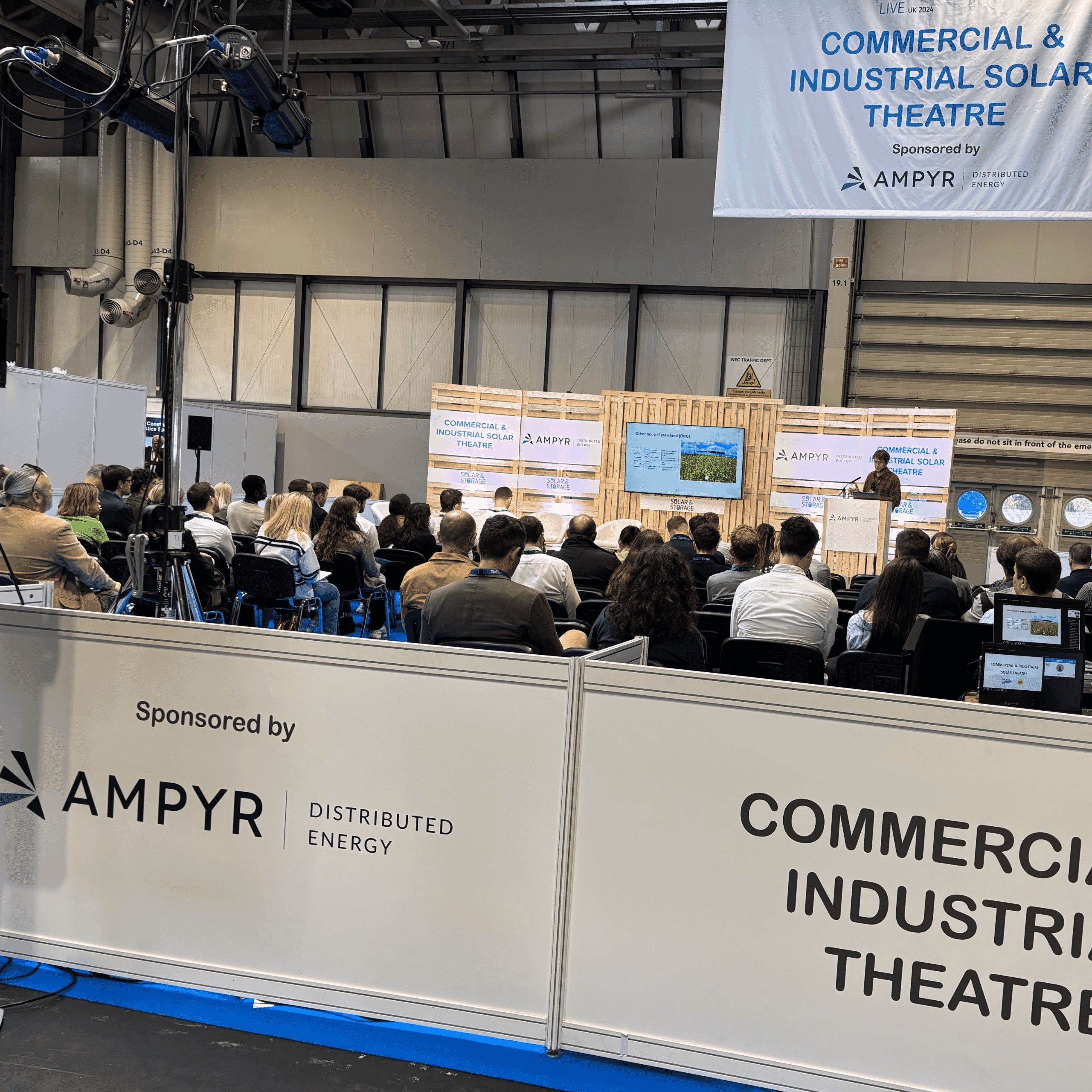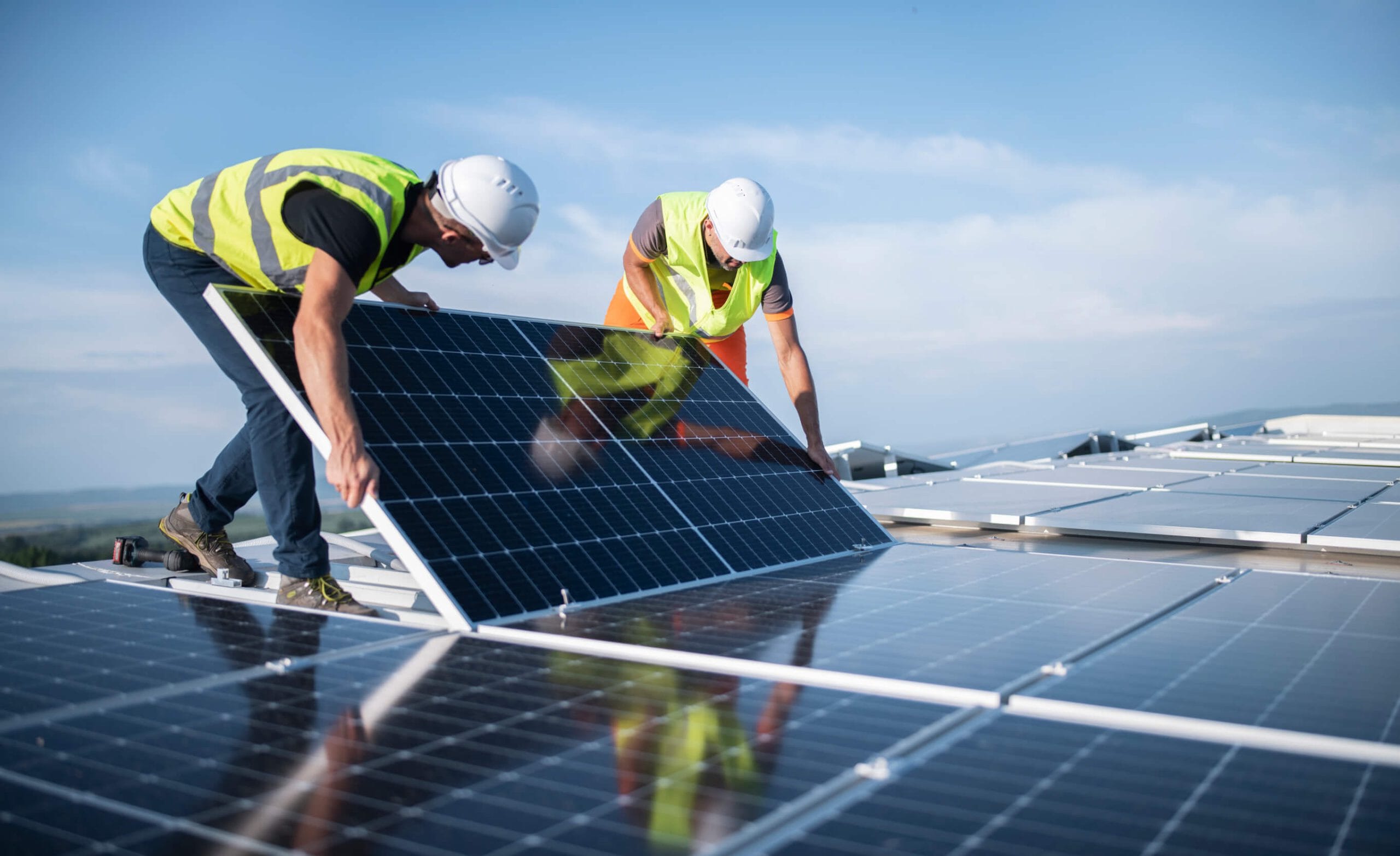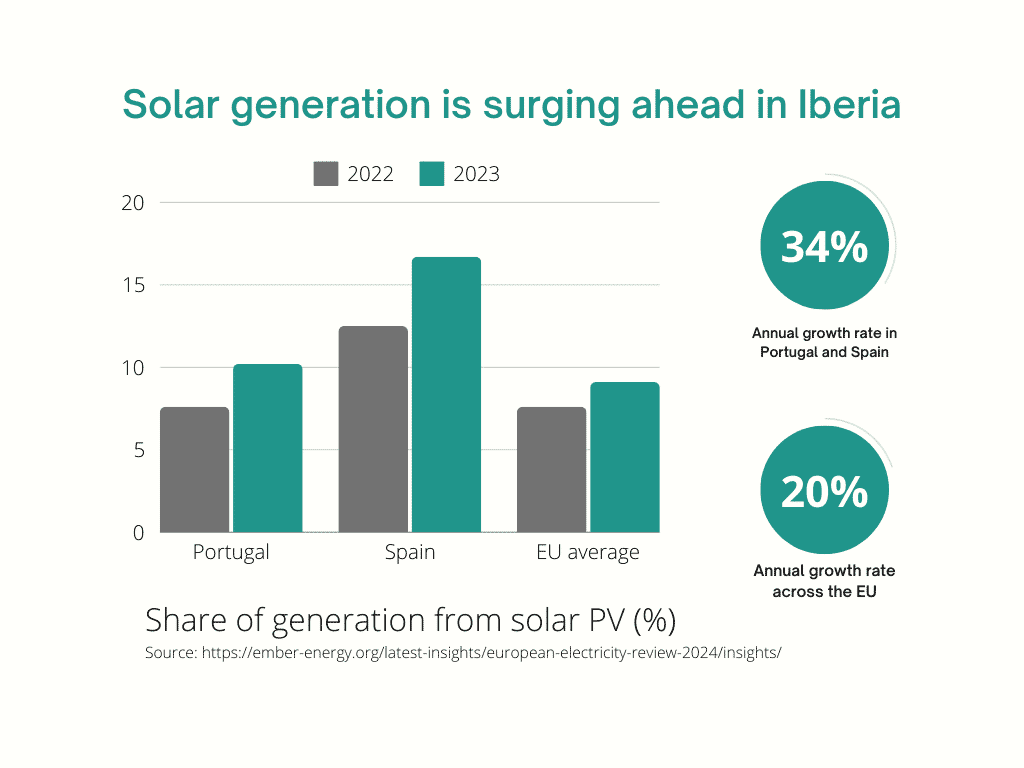In-person insights; ADE shares hot topics of discussion from Solar & Storage Live
Three years on from lockdown restrictions being lifted, it still feels like a landmark moment to see the industry gathering en masse at events and exhibitions – Solar & Storage Live was no exception. While having so many people in one place made the tradeshow ideal for meetings and introductions, it was also a veritable hotbed for industry insight and discussions around critical topics from all facets of the solar sector.
As the sponsors of the Commercial and Industrial (C&I) Theatre at this year’s event, we shared valuable insights on how distributed energy is benefiting the C&I sector, as well as answering some of the burning questions from businesses in attendance. Equally, we heard from some of our knowledgeable partners and the wider industry. But, as is often the case, the conversations held on the fringes of the theatre provided a more focused window on wider talking points. Here’s what struck us as the hot topics from the show.




